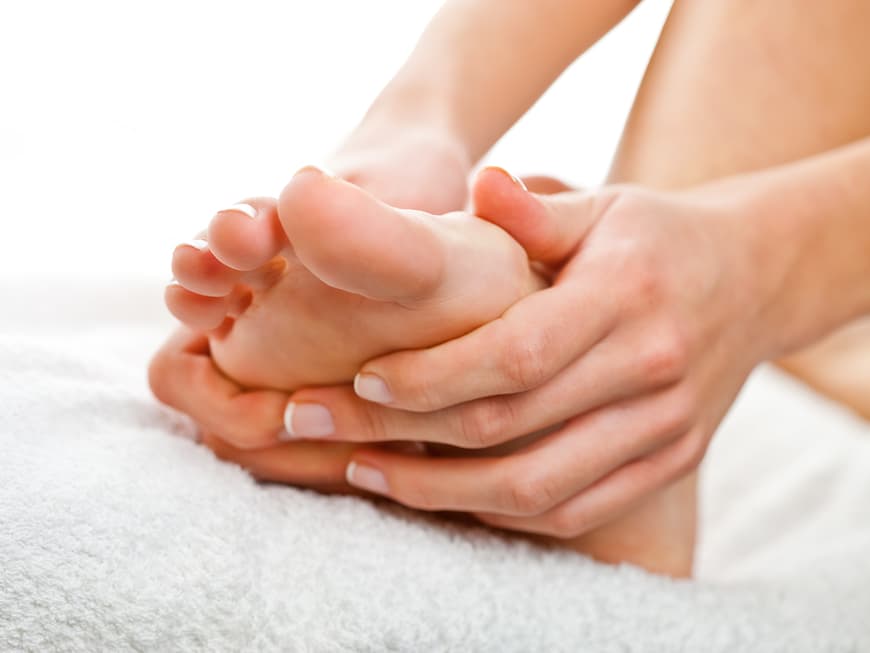
Symptoms of gout: first attack often comes without warning
A gout attack is very painful. The first attack often occurs without warning at night in the metatarsophalangeal joint of the big toe - this applies to around 80 percent of patients. The joint swells, reddens and even hurts if you just touch it. "But other joints can also be affected," explains Dr. Rainer Stange, Head Physician of the Naturopathy Department at Immanuel Hospital in Berlin. "Up to 20 percent of those affected go to the doctor because of sudden knee pain. And even gout in the finger joints is not uncommon."
Causes of gout: oestrogen deficiency increases the risk in women
And what causes gout? It is caused by an excess of uric acid in the blood. This occurs when purines are broken down. Purines are found in the cells of humans, animals and plants as building blocks of the genetic material DNA. Uric acid is therefore formed firstly from purines that are produced when the body's own cells are broken down. Secondly, cell-containing foods provide purines. Offal, meat and sausage, fish and seafood, fish and poultry skin and yeast are particularly rich in purines. The body has to break down uric acid - 80 percent via the kidneys, the rest via the intestines, saliva and sweat. If we do not excrete enough uric acid, the uric acid level in the blood increases ("hyperuricemia"). In around ten people affected, this develops into gout. "One of the most common causes is a hereditary predisposition," says Dr. Stange. Men are ten times more likely to develop the disease than women. However, if the body no longer produces the hormone oestrogen after the menopause, the risk also increases in women.
Sharp-edged crystals irritate the tissue
Too much uric acid in the blood is not dissolved. So-called urate crystals form. These are deposited in the joints, tendons, kidneys and urinary tract. The sharp-edged crystals irritate the tissue, especially in the moving joints. This leads to increasingly severe inflammation. Bones and cartilage are destroyed. At some point, the joints are no longer able to move or bear weight. Fingers then look knobbly and bent.
Diet for gout: beer in particular should be avoided
40 percent of urate crystals are deposited in the kidneys. Kidney gravel or kidney stones form, which block the kidney ("gouty kidney"). The consequences are high blood pressure, urinary retention and, in the worst case, kidney failure. Countermeasures must be taken. Because early treatment is helpful for gout. "The most important measure to reduce uric acid levels is a low-purine diet," Dr. Stange advises. Alcohol should be avoided (increases uric acid production, inhibits its excretion). Beer is particularly bad because it also contains purines. Those affected should generally avoid high-fat foods, because the breakdown of uric acid is also restricted when fat is broken down.
A low-fat diet with lots of fruit and vegetables is good. Pulses also contain purines: however, as new studies suggest that plant purines have hardly any negative effect, their consumption is permitted in moderation. Meat should only be consumed in small quantities, preferably cooked. This is because purines pass into the cooking water - the broth should then no longer be used. The purine content of fish and poultry is significantly reduced if the skin is removed.
